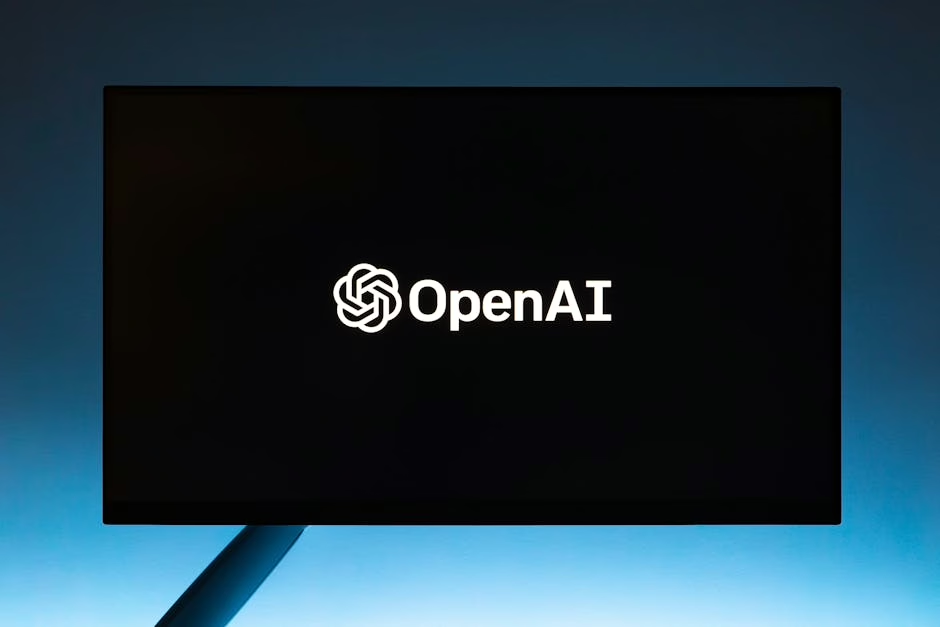Here’s How to Use AI to Make a Logo – but You May Not Want To
The Rise of AI-Generated Logos and Their Limitations
In today’s rapidly evolving technological landscape, artificial intelligence tools are revolutionizing creative processes, including logo design. With the emergence of powerful AI image generation models, creating a logo has become more accessible than ever. However, this convenience comes with significant caveats that businesses and designers should carefully consider.
The Appeal of AI Logo Creation
AI-powered logo creation tools offer several attractive benefits. They’re typically faster and less expensive than hiring a professional designer. Models like Midjourney, DALL-E, and the upcoming multimodal capabilities in GPT-4o can generate logo concepts based on simple text prompts, allowing users to experiment with numerous design iterations in minutes rather than days.
As one Reddit user noted regarding OpenAI’s developments, “Looks as if the long awaited multimodal 4o image generation may be on the way soon,” suggesting that even more powerful AI logo creation tools are on the horizon.
The Process: How AI Logo Generation Works
Creating a logo with AI typically involves these steps:
1. Select an AI tool: Choose from options like Midjourney, DALL-E, or specialized logo generation platforms
2. Craft your prompt: Describe the logo you want, including style, colors, and brand elements
3. Generate variations: Create multiple options to compare and refine
4. Refine your selection: Edit and adjust the generated logo to better match your vision
5. Export and implement: Download the final version in appropriate formats for different uses
The Limitations and Risks
Despite the convenience, AI-generated logos present several significant drawbacks:
1. Lack of Originality and Brand Understanding
AI models create images based on patterns from their training data, which means they often produce generic or derivative designs. They lack the human understanding of brand values, market positioning, and emotional resonance that professional designers bring to logo creation.
2. Legal and Copyright Concerns
The copyright status of AI-generated content remains legally ambiguous. Since AI models are trained on existing images, there’s risk that generated logos might inadvertently resemble existing trademarks or copyrighted designs, potentially leading to legal disputes.
This concern is amplified by the fact that AI systems like those mentioned in recent developments are becoming increasingly sophisticated but still lack the nuanced understanding of intellectual property law that human designers possess.
3. Technical Limitations
Current AI models often struggle with text rendering, symmetry, and creating scalable vector graphics—all crucial elements for effective logo design. The outputs frequently require significant post-processing by a human designer to be usable across different applications.
4. Brand Identity Beyond the Logo
A professional designer doesn’t just create a logo but develops a comprehensive brand identity system. As one industry expert explains, “A logo is just one element of your visual brand. Professional designers create cohesive systems including typography, color palettes, and design principles that AI currently cannot replicate.”
When AI Logo Creation Makes Sense
Despite these limitations, there are scenarios where AI-generated logos might be appropriate:
– Early-stage concept exploration: Using AI to generate initial ideas before engaging a professional designer
– Temporary or internal projects: For situations where a polished, unique brand identity isn’t essential
– Extremely limited budgets: For startups or small projects where professional design services are out of reach
The Human Advantage in Logo Design
Professional designers bring several irreplaceable qualities to logo creation:
– Strategic thinking: Understanding how a logo fits into broader business goals and market positioning
– Cultural awareness: Recognizing how symbols and colors are perceived across different cultures and contexts
– Technical expertise: Creating logos that work across all applications, from business cards to billboards
– Originality: Developing truly unique designs rather than remixing existing patterns
The Future of AI and Logo Design
As AI technologies continue to advance, the relationship between AI and human designers will likely evolve toward collaboration rather than replacement. The most effective approach may be using AI as a tool for inspiration and initial concept generation, with human designers providing the strategic thinking, refinement, and implementation expertise.
With companies like Manus developing general AI agents and OpenAI potentially introducing multimodal image generation in GPT-4o, the capabilities of AI in design will continue to expand. However, the fundamental limitations regarding creativity, originality, and strategic brand thinking will likely remain challenges for purely AI-generated logos.
Conclusion
While AI logo generators offer an accessible entry point to logo creation, they currently serve best as complementary tools rather than replacements for professional design. For businesses serious about establishing a distinctive, legally sound, and strategically aligned visual identity, the expertise of human designers remains invaluable.
As with many AI applications, the most promising path forward lies not in choosing between human or artificial intelligence, but in finding the optimal ways to combine their respective strengths.
Sources
- QwQ-32B added to LiveBench: An open source model small enough to run on a 3090 outperforming Claude 3.7 Sonnet on most categories – Reddit Singularity
- It is now possible to encode malware into a strand of DNA to infect and take over the DNA sequencer that decodes it. – Reddit Singularity
- How does one start an AI company nowadays when moat is near impossible? – Reddit Singularity


